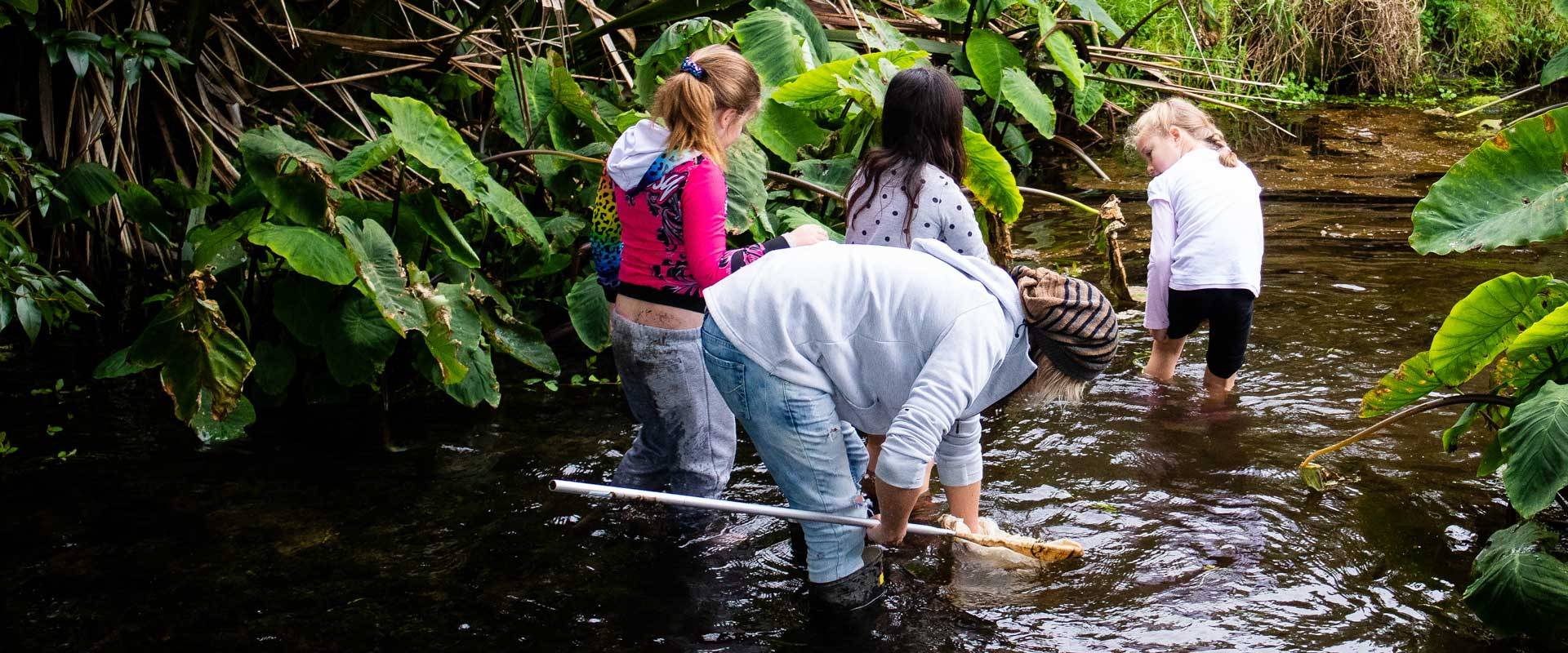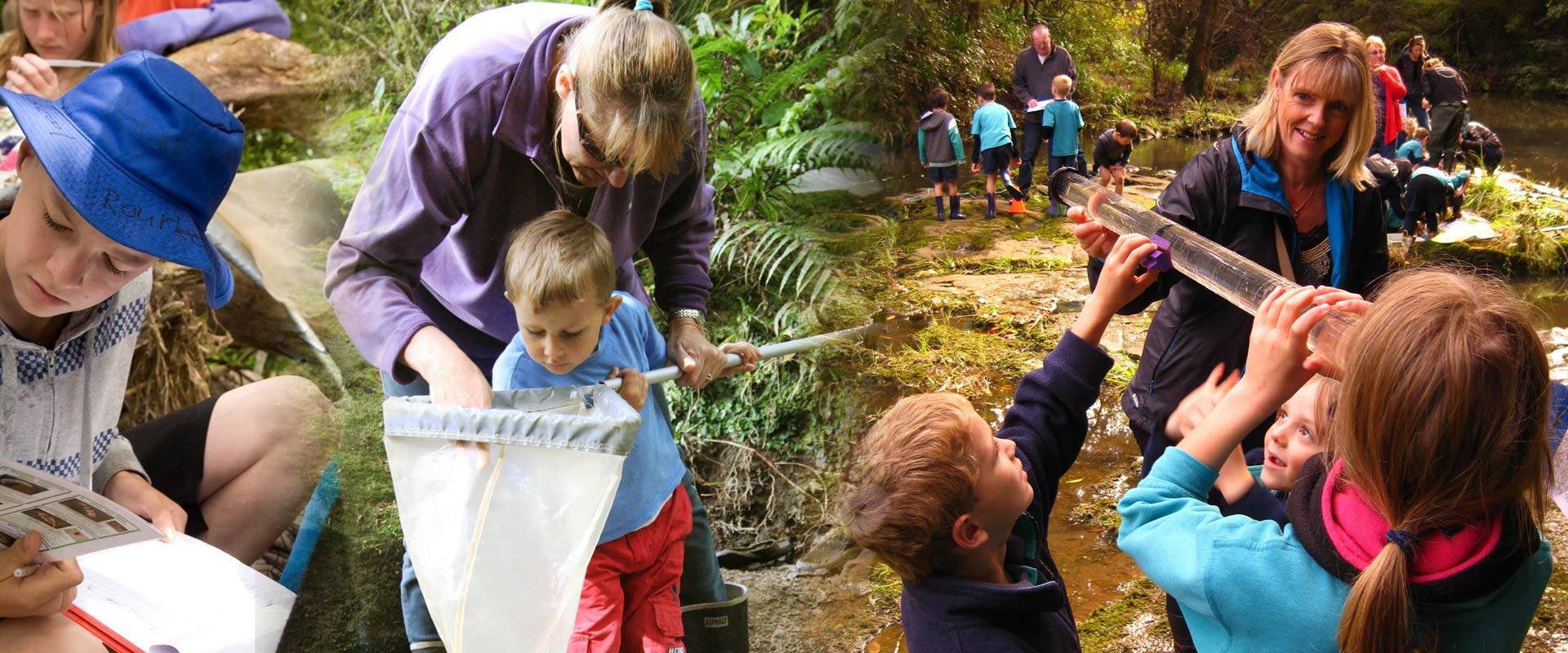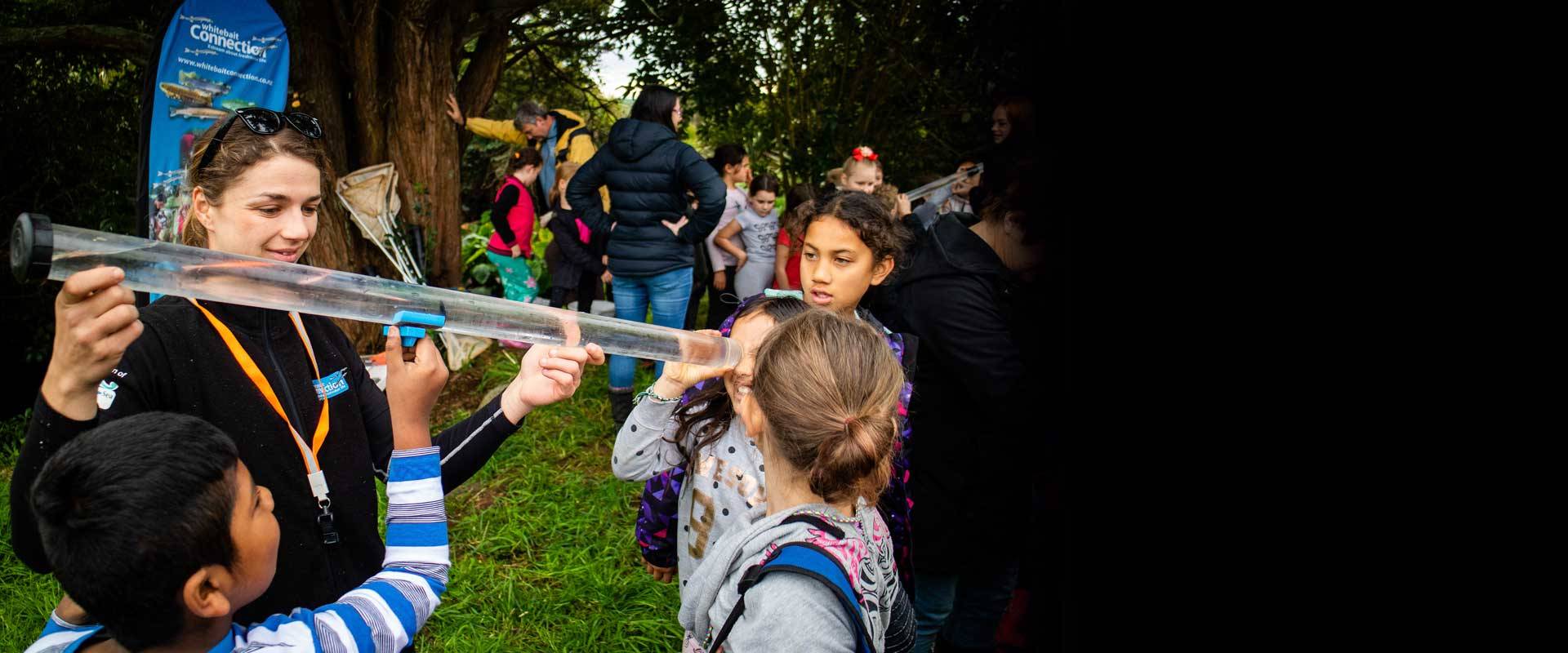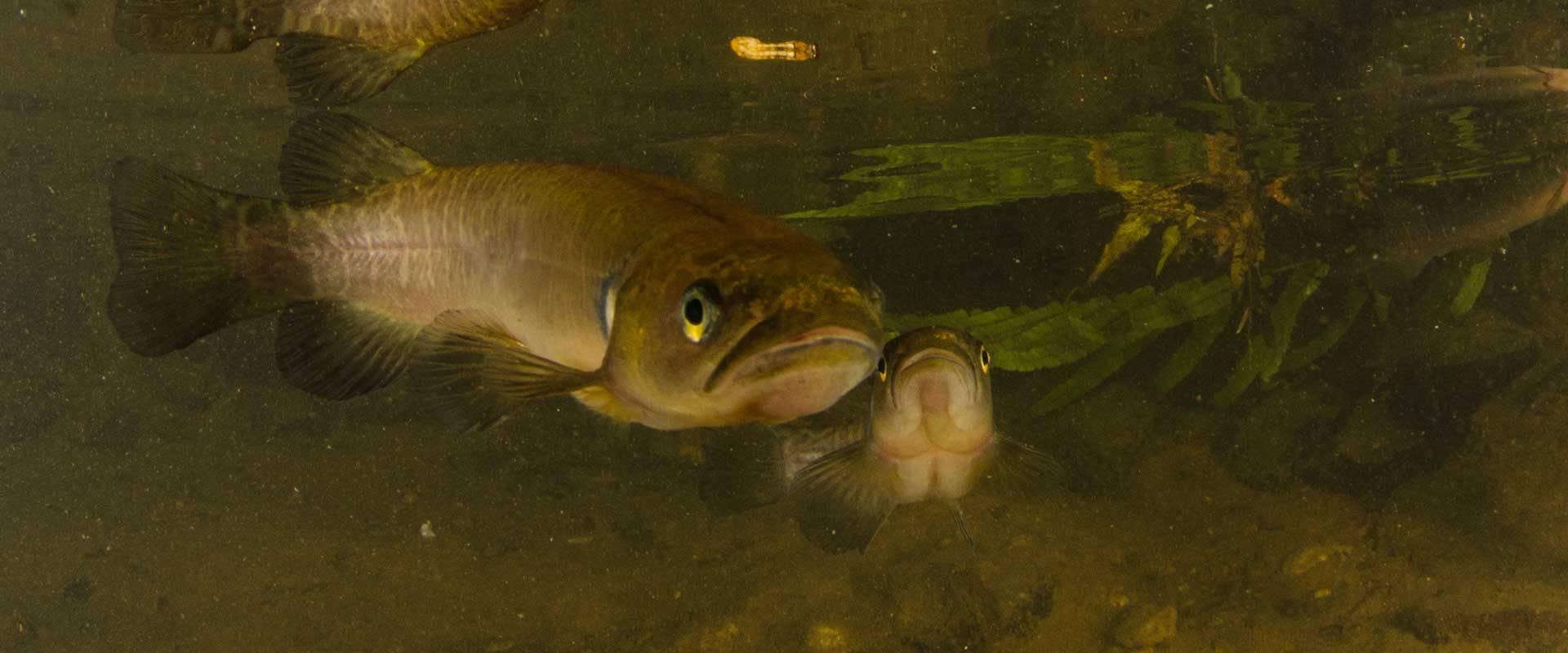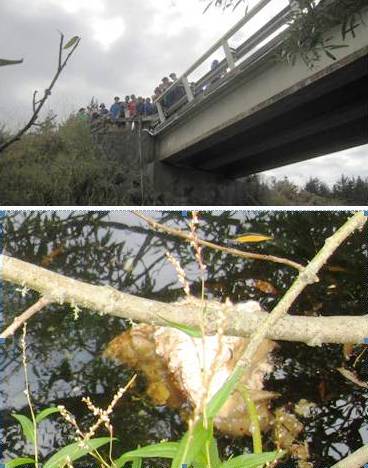 40 students from 2 classes (Room One and Two), one a combined year 5-6 class and the other a combined year 7-8 class took part in the WBC programme with coordinator Soozee McIntyre, in Term One 2013.
40 students from 2 classes (Room One and Two), one a combined year 5-6 class and the other a combined year 7-8 class took part in the WBC programme with coordinator Soozee McIntyre, in Term One 2013.
Others involved included 10 adults, including the 2 class teachers, teacher aides, parents and the bus driver. Also consultants from NRC (contacted re reporting offal pollution in stream) and Mike McGlynn, Northland mudfish expert re follow-up investigation of nearby mudfish habitat.
Students had already studied the school water supply, walking the pipeline route from the source and discussing the value and threats to drinking water quality. This was a good base from which to expand to studying the ecological values of water and threats to quality and biodiversity.
The streams studied are close to the top of the catchment (within 10 km of source) which is unfarmed native bush, passing then through mixed farm land with some riparian (native tree) vegetation but mostly unfenced margins. Downstream of the sites the land-use is largely semi-intensive dairy. Site 1 was too polluted and unsafe for the children to get in so they watched the fish traps being retrieved from a distance.
As a relatively clean freshwater ecosystem, Site 2 gave the students an experience of the biodiversity values that can be observed close to the top of the catchment. Aim of the investigation was to gain an understanding of what constitutes a healthy stream and prompt further enquiry into how that stream health can be maintained throughout the catchment which ultimately reaches the Kaipara Harbour.
To gain an understanding of the threats to stream health and challenge the students to frame solutions which they can support.
All 40 students participated in the classroom study, field trip and follow-up study and action including writing letters to Regional Council about the state of the waterway at the first site where dumped animal remains were in evidence.
Student evaluations drew attention to the need for riparian fencing and planting to improve water quality and both classes commenced propagation of locally sourced flax seed for a future planting project.
See the PDF of the powerpoint resource that was created from the field trip.
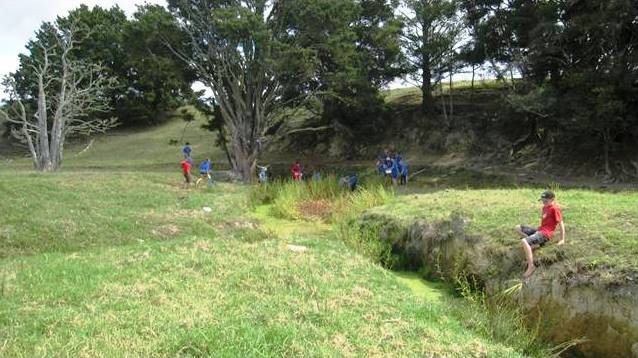 With about half of the students in these 2 classes living on dairy farms, their increased awareness of the measurable biodiversity values of fresh water and the means by which these values can be protected lays the groundwork for planning further study and action. They have already made their views known to the local council regarding the deliberate pollution of the stream near their school and invited them to come and survey the site.
With about half of the students in these 2 classes living on dairy farms, their increased awareness of the measurable biodiversity values of fresh water and the means by which these values can be protected lays the groundwork for planning further study and action. They have already made their views known to the local council regarding the deliberate pollution of the stream near their school and invited them to come and survey the site.
Discussions with the school, community and WBC are ongoing regarding a project that the school can adopt in the long term. NRC’s Enviroschool’s coordinator Julie Holt and Mudfish expert, Mike McGlynn are also engaged in the discussion as an upcoming project to create a wetland where threatened mudfish can be transferred (part of a SH 1 road realignment project) is a likely candidate for the school’s involvement. The eco-sourced flax that the students are currently propagating would be highly suitable for this project.
The teachers and principal of Hukerenui School show a high level of understanding and enthusiasm for environmental study linked to meaningful action and are keen to maintain an ongoing relationship with WBC, expanding knowledge of the unique catchment their school sits within and supporting the students desire to care for their environment.

